Is the Secret to a Long Life in Our Diet?: Exploring the Blue Zones Diet
Who doesn’t want to live a long, healthy life? It’s something we all strive for, and with new developments in healthcare popping up almost daily, the possibilities seem endless.
But here's the question: Could the key to longevity be hidden in the foods we eat, rather than just the latest medical advancements? Research into "Blue Zones"—those rare regions of the world where people consistently live longer—suggests that what we eat might hold the secret. In fact, the Blue Zones diet has recently become a hot topic for anyone curious about living longer and better.
So, what’s behind this diet? To find out, we need to dive deeper into the Blue Zones concept. Let’s explore together: What are Blue Zones? and What should you know about the Blue Zones diet?

What Are Blue Zones?
In the quest to discover the secrets to a long life, researchers have pinpointed several regions where people frequently live past 100—often without facing serious health challenges like cancer, diabetes, obesity, or heart disease. These special areas are known as Blue Zones.
So, where in the world are these Blue Zones? After years of research, five regions have been identified where longevity is the norm:
- Okinawa (Japan)
- Sardinia (Italy)
- Nicoya (Costa Rica)
- Ikaria (Greece)
- Loma Linda (California)
While these regions are scattered across the globe, the people living in these places share key lifestyle habits. And it’s these shared habits that may hold the key to living a longer, healthier life. Curious to know more? Let’s dive into what makes the Blue Zones so unique!
What Do People in Blue Zones Have in Common?
When it comes to the people living in Blue Zones, it’s easy to focus on their diets—and for good reason. But the secret to their long lives isn’t just about what’s on their plates. It’s about how they live, too.
So, what’s the magic formula? Blue Zones research has identified several key lifestyle factors that contribute to their remarkable longevity. Let’s break it down:
-
Staying Active, Naturally
People in Blue Zones don’t necessarily hit the gym or train for marathons. Instead, they stay active in their everyday lives. Whether it's walking, tending to the garden, or doing household chores, movement is a natural part of their day. -
Strong Social Connections
Feeling like you belong matters. In Blue Zones, people maintain deep social ties and stay connected to their community. This sense of belonging and support plays a huge role in their well-being and longevity. -
Close Family Bonds
Family comes first in Blue Zones. Multi-generational households are common, and spending quality time with loved ones strengthens their family ties. These strong family connections are another key to their long lives. -
Having a Purpose
In Blue Zones, people don’t just retire and stop being active—they find new purposes as they age. Whether it’s caring for grandchildren or giving back to the community, having a reason to wake up in the morning gives them a sense of fulfillment.
These lifestyle habits, combined with their nutrient-rich diets, open the door to a longer, healthier life. Want to know more? Let’s dive into the core principles of the Blue Zones diet next.

How Does the Blue Zones Diet Work?
The Blue Zones diet, inspired by the eating habits of the world’s longest-living people, gives us insight into not just what they eat, but also what they avoid. At the heart of this diet is a focus on plant-based foods, with about 95% of daily intake coming from vegetables, fruits, grains, and legumes. Meat, dairy, sugary, and processed foods are kept to a minimum.
Here’s a breakdown of what makes the Blue Zones diet so effective:
-
Plant-Based Eating & Healthy Fats
In Blue Zones, plant-based foods reign supreme, and the fats they use are just as important—they’re unprocessed and plant-based. That’s why olive oil, known for its health benefits, is a central part of their diet. -
Small Amounts of Dairy and Eggs
Dairy products and eggs aren’t completely off-limits but are consumed sparingly. -
Nuts Over Processed Snacks
Forget processed snacks—instead, they reach for nuts like almonds and walnuts for a healthy, satisfying alternative. -
Fish in Moderation
While fish isn’t essential to the Blue Zones diet, when it is consumed, it’s in moderation—just two or three small portions a week. They’re also mindful to avoid fish high in mercury or those that are overfished. -
Almost No Meat
Meat is eaten rarely, typically no more than four or five small portions per month. -
Beans Are a Must
Beans are a staple in the Blue Zones diet. In fact, people in Blue Zones eat about four times as many beans as the average American. -
Hydration is Key
Water is essential, and sugary drinks are a no-go. Aside from water, the other favorites are coffee and tea.
As you can see, the secret to a long life in Blue Zones revolves around a plant-focused diet. In many ways, the Blue Zones diet mirrors the Mediterranean way of eating. Curious about the Mediterranean diet? Check out our article, “Support Sustainable Living with the Mediterranean Diet.”
Before making any changes to your diet—whether it’s following the Blue Zones approach or adopting Mediterranean eating habits—it’s always a good idea to consult a nutrition expert to find what works best for you.
And if you want to bring the goodness of olive oil into your plant-based meals, Gaia Oliva offers a range of high-quality olive oils to support your healthy lifestyle.
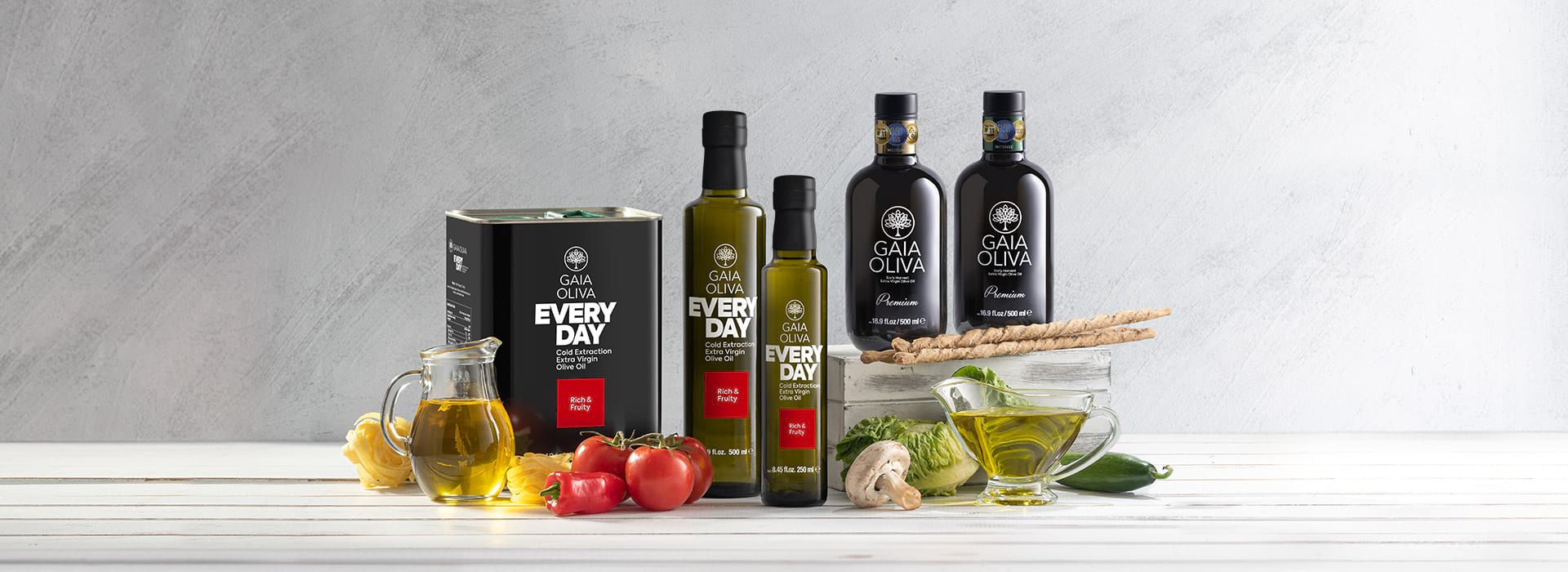
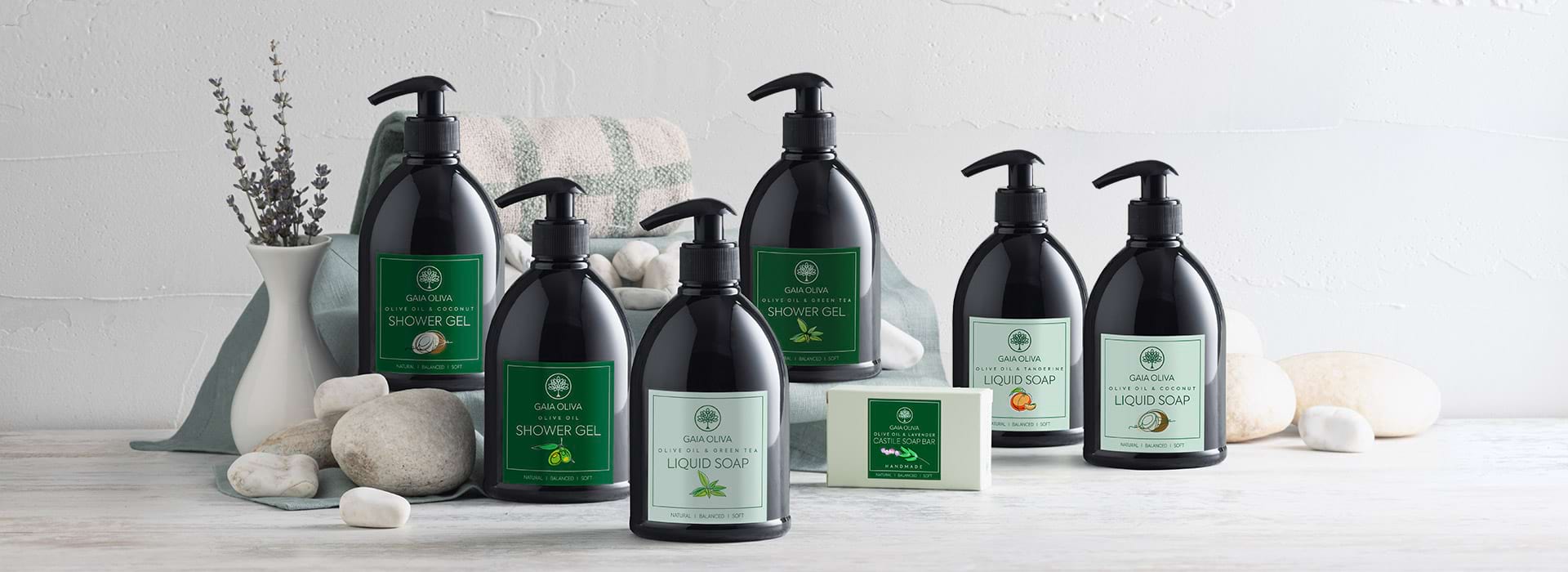




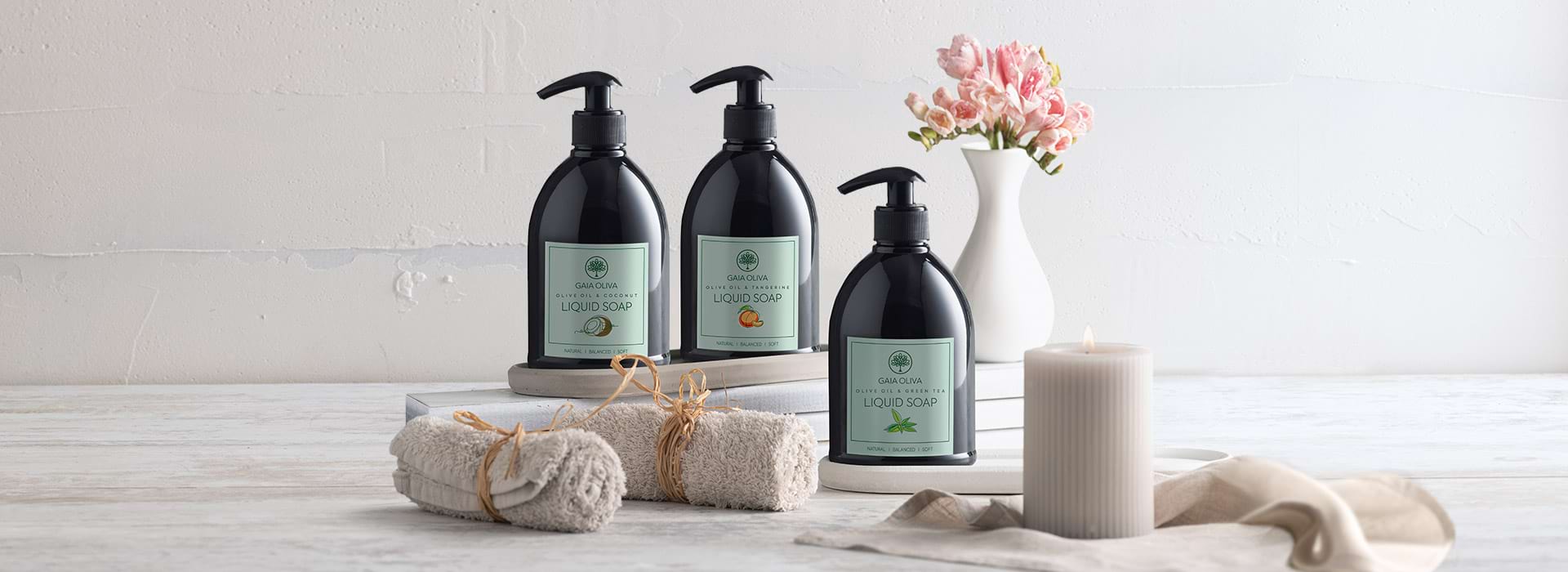
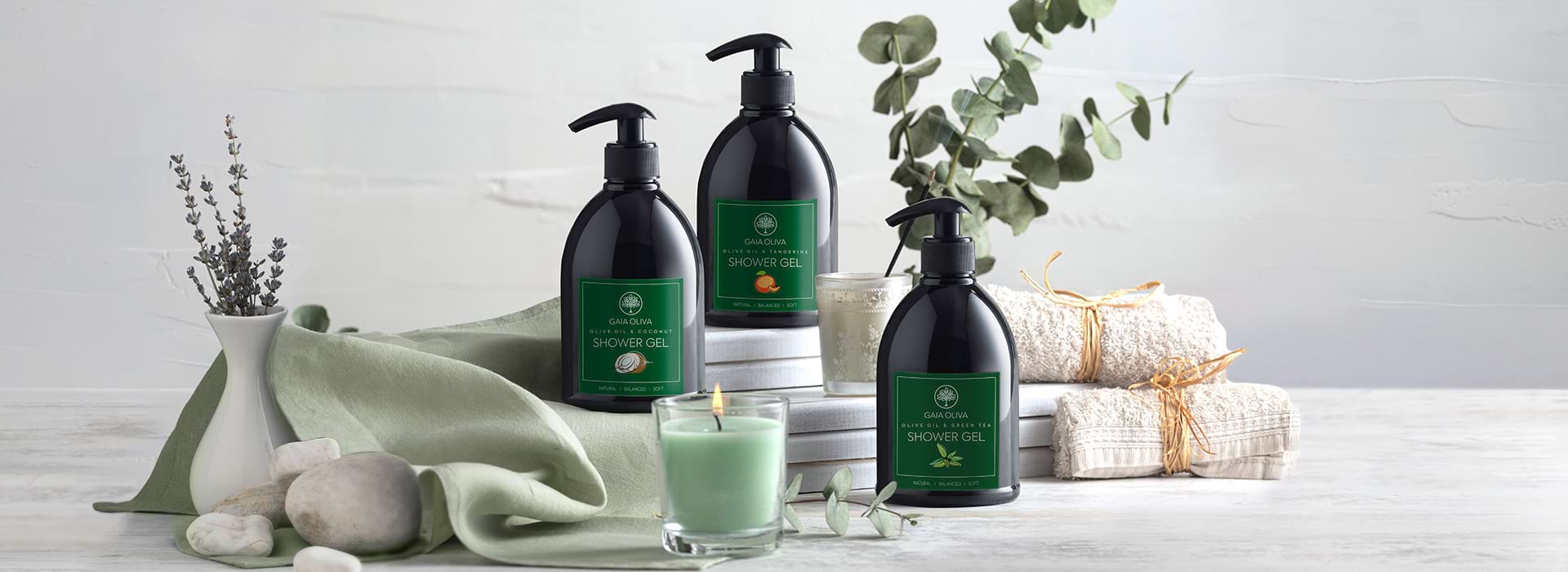
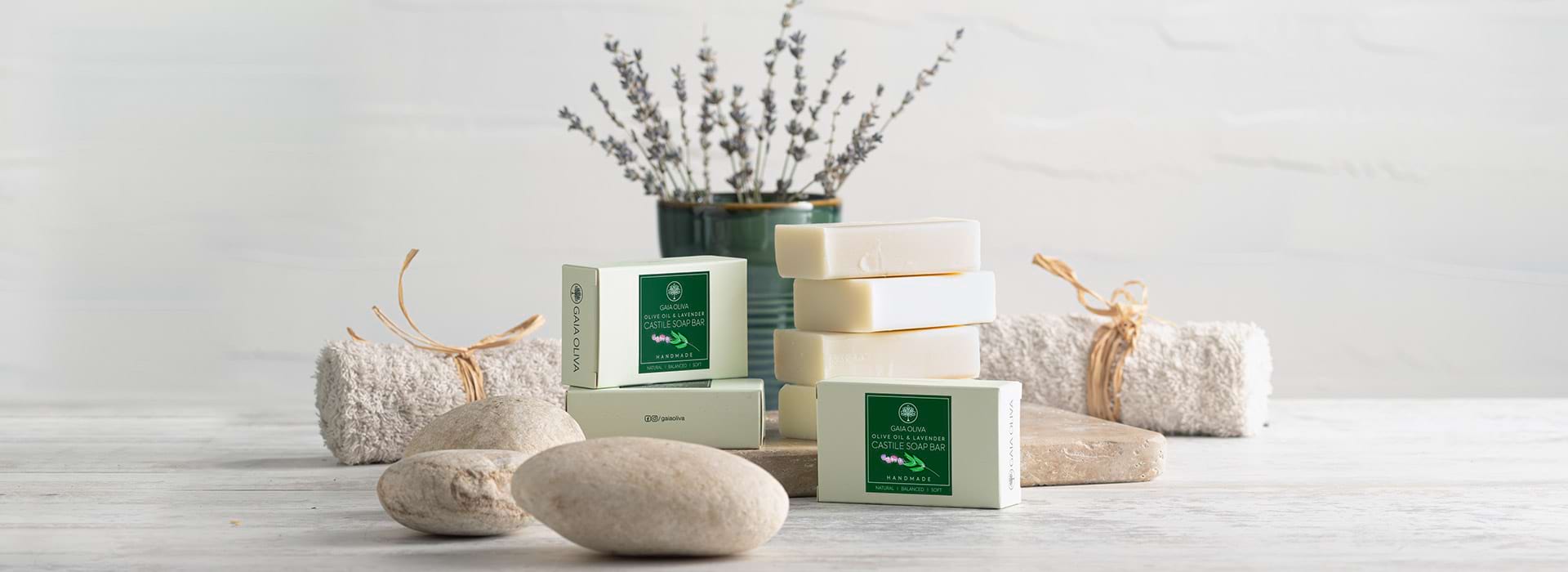
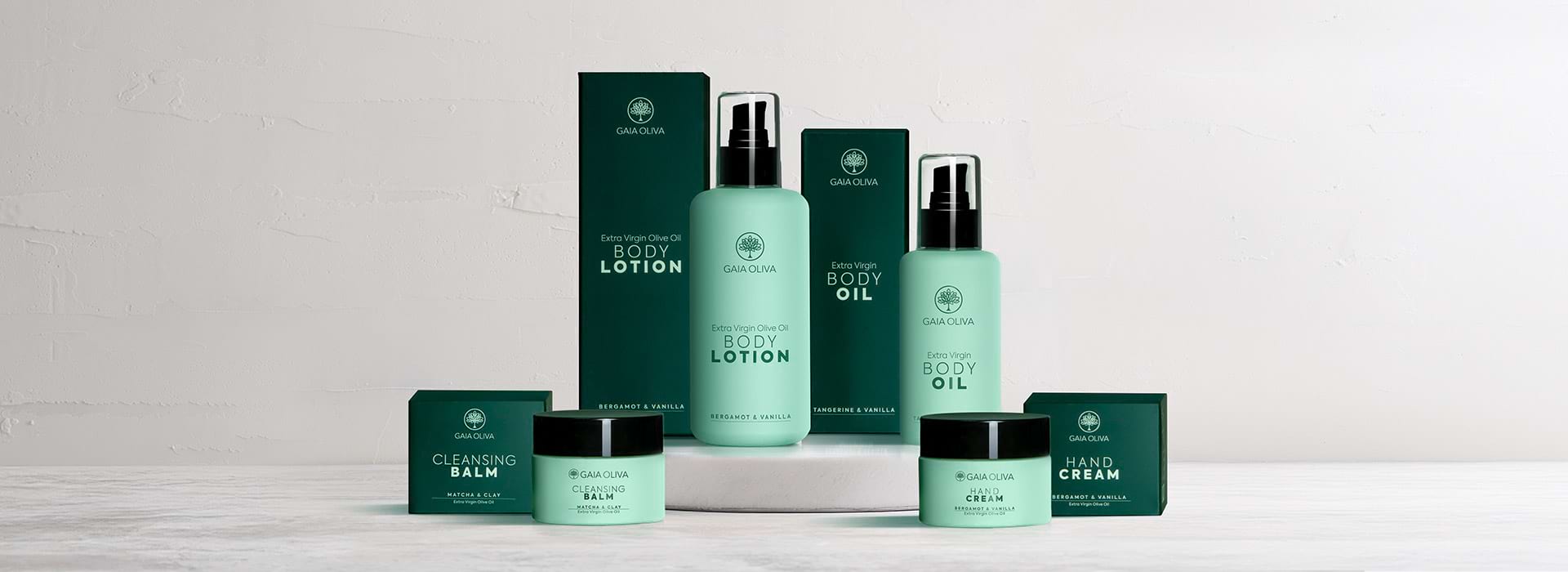

Leave a comment